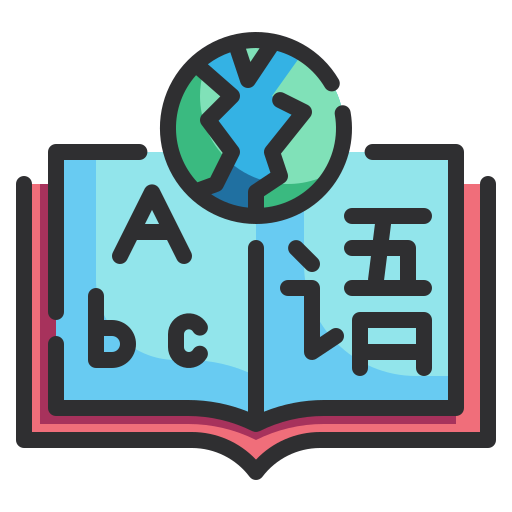Example Lesson Plan: Advanced ESL
Concept / Topic To Teach: Reductions - Recognizing and Using Common Reductions
General Goal(s): After completing this lesson, students will be able to recognize, identify, and correctly use reductions in every-day conversation.
Specific Objectives: Students will be able to follow patterns of reductions in order to fill in the information gaps on the reductions worksheet. Students will be able to listen to a native speaker and identify times when reductions are being used. Students will be able to identify the meaning of reductions when used by native speakers in normal conversation. Students will be able to use at least three new reductions in their own conversational speech.
Required Materials: Missing-information worksheet with reductions; video clips with uses of reductions for students to practice listening
Anticipatory Set (Lead-In): How will you introduce your topic? Ask students about troubles with understanding native speakers - especially when people are speaking quickly. Ask if any students know anything about reductions already - then explain the basic concept of what reductions are (shortening or combining of words for easier and faster pronunciation). Explain that this is a very common thing that native speakers do and it is important to be able to understand in order to make every day conversing much easier. Make the topic as relevant to the students as possible.
Step-By-Step Procedures: After introducing the concept to the students, say that we will be watching a video and ask that the students listen for the use of reductions. Once the video is done once, ask students if they have heard any of these reductions before in the real world. Prepare to play the video again and this time have students count how many reductions they hear, or even write down the ones that they hear.
Hand out a worksheet with information on reductions that has information gaps. The sheet would include the intended meaning/full version of the reductions, potential contractions if that’s applicable, and the resulting reduction that speakers of English use. Have students work in pairs or small groups to fill in the missing information and review it as a class briefly once everyone is finished - if there are any recurring issues then spend more time on any trouble areas with extra explanation and examples of usage of the specific reductions.
With remaining time, pair students up and give them a prompt (such as, tell a story about your family, or about a time you had a conflict with a classmate or coworker). Have the pairs tell each other stories using the prompt and tell them that in the given amount of time to tell the story (about 3 minutes) they have to use three reductions. Have the listening partners note which reductions are used. Then, switch the partners’ roles. After everyone has had the chance to tell their stories, have students share which reductions were most commonly used. Potentially ask students to share their story with the class.
Closure (Reflect Anticipatory Set): How will you end your lesson? Have another short video ready to share with the class, and ask them to listen for how many reductions they hear this time. Afterwards, ask them if they found it easier to identify the reductions being used than the first video watched in class. Ask them how they think this lesson will help them in every-day usage.
Assessment Based On Objectives: How will you as the teacher know if the student learned anything?
As a teacher, one should be monitoring both the differences in student listening comprehension for reductions, and correct and easy use of reductions. The teacher should be paying attention and monitoring the class while they are in pairs and telling their stories, and observe the correct uses of reductions which would show improvement in the students’ comfort levels and knowledge about reductions. During the final listening-video exercise, the teacher should hope to see more accurate counts of the reductions used and also be able to ask the class to form their own sentences out of reductions they heard in the video, showing that they both heard and understood what was being said, and can produce unique sentences that are correct also using the reductions.

